Nicéphore Niépce and the First Photograph: The Story of 1826
Introduction
The history of modern photography begins with Nicéphore Niépce , a French inventor who captured the very first photograph in 1826. This historic image, titled "Point de vue du Gras" , depicts a blurred view of the courtyard of his home in Saint-Loup-de-Varennes, France. This shot, although simple in appearance, revolutionized the world of visual representation and paved the way for photography as we know it today.
The First Photograph: A Historic Moment
1. The Context of the Invention
Nicéphore Niépce, passionate about innovations, sought to capture images without having to draw them manually. Inspired by the concept of the camera obscura , an optical box used since ancient times to project images onto a surface, he wanted to find a way to fix these images permanently.
2. The Process of “Heliography”
The technique Niépce used to create this first photograph is called heliography , which means "writing by the sun." In 1826, after years of experimentation, he succeeded in obtaining an image by exposing a tin plate covered in bitumen of Judea, a substance sensitive to light. This plate was placed in a camera obscura and exposed for about 8 hours to capture daylight.
3. "Gras Viewpoint": A Blurry View
The image captured by Niépce shows a view of the courtyard of his house. Because of the long exposure time, shadows and details are blurred, giving the photograph a hazy appearance. This characteristic blur is due to the slowness of the process, but it does not detract from the historical importance of this first successful attempt to capture a still image from light.
The Legacy of Nicéphore Niépce
1. The Visual Revolution
This first photograph marked a turning point in the history of art and science. From this feat, photography would quickly evolve, with shorter exposure times and clearer images. Later collaborating with Louis Daguerre, another pioneer of photography, Niépce helped perfect the photographic techniques that would give rise to the daguerreotype , a much faster and more precise method of photography.
2. The Impact on Art and Culture
The invention of photography transformed the way artists and the general public perceived and captured the world. From landscapes to portraits, the ability to capture precise moments mechanically opened up new possibilities. It was no longer just the job of painters to depict reality; everyone could now immortalize moments.
3. Image Conservation
Niépce's photograph, "Point de vue du Gras" , is now held in a private collection and remains a key piece in the history of photography. Although blurry, it represents the first step in a journey that would revolutionize visual communication, from traditional cameras to today's smartphones.
How to Capture the Essence of the Modern World with Photo Posters
Just like Niépce’s first photograph, you can also capture memorable and artistic scenes to decorate your spaces. If you are looking for inspiring visual works to beautify your interior, the photo posters available on La Boutique du Poster offer a wide range of images, beautiful landscapes, abstract art and black and white photographs. These works are inspired by the artistic evolution that followed the invention of photography, combining modernity and heritage.
Conclusion
Nicéphore Niépce made history by capturing the world’s first photograph in 1826. This long eight-hour exposure to capture a blurry view of his French home’s courtyard was a milestone in the world of photography and visual art. While the technique has evolved greatly since then, this image remains a testament to Niépce’s ingenuity and boldness. Today, we continue to immortalize unique moments through images, whether through photos or posters, and you can pay homage to this history by incorporating visual works into your space with photo posters from La Boutique du Poster .
FAQs
What is the first photograph in history?
The first photograph in history is "Point de vue du Gras", taken by Nicéphore Niépce in 1826, showing a blurred view of the courtyard of his house.
Why is the first photograph blurry?
The photograph is blurry due to the long exposure time, approximately 8 hours, required to capture enough light on the plate used.
What impact did Nicéphore Niépce have on modern photography?
Nicéphore Niépce revolutionized photography by capturing the first permanent image, paving the way for future developments in the technique.
Where can I buy inspirational photo posters?
To purchase photo posters that will enhance your interior, visit La Boutique du Poster and explore their wide selection.




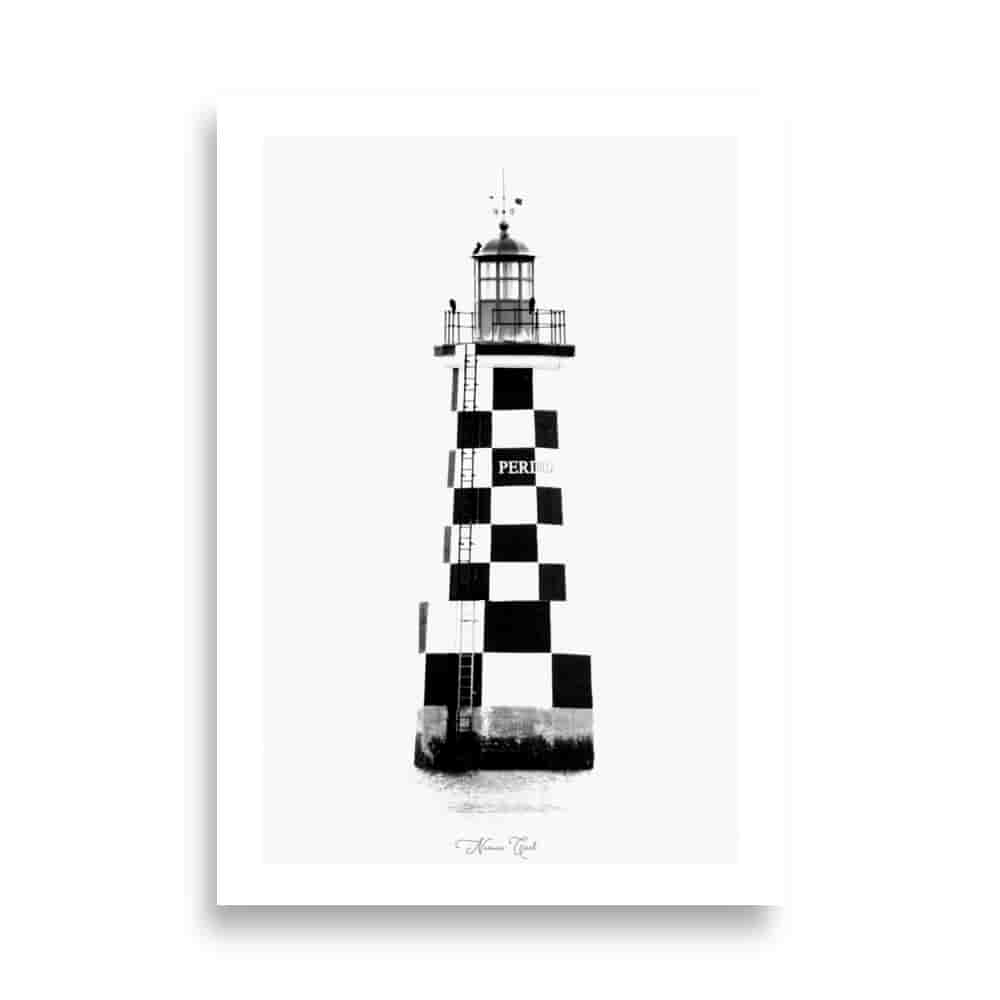

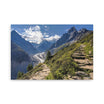











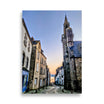













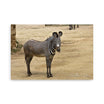










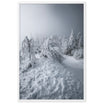



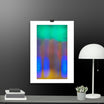




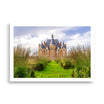








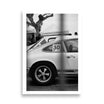
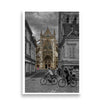






Leave a comment
All comments are moderated before being published.
This site is protected by hCaptcha and the hCaptcha Privacy Policy and Terms of Service apply.